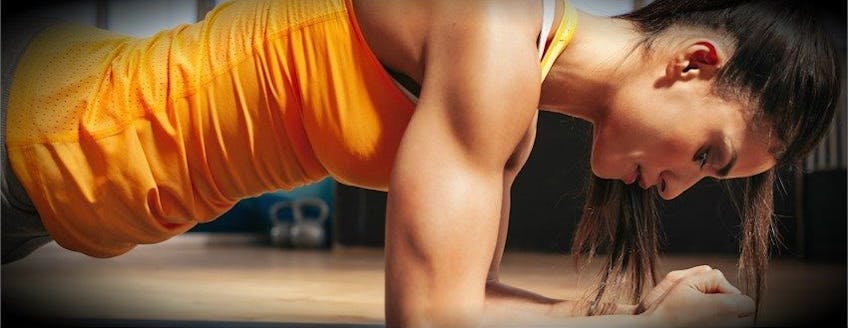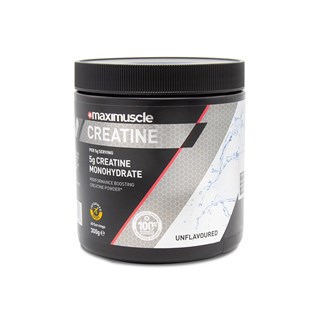Is Body-Weight Training Really Enough To Train For Sports?
Bodyweight training has been a staple in strength and conditioning programmes. But the question is: is bodyweight training alone enough to fully prepare for sports or should we be looking to lifting weights and other methods?
There are two key principles of training that we need to explore further in order to answer this question fully, namely specificity and progressive overload.
Specificity and progressive overload work together very well.
In order to fully prepare for our sport we need to make sure we are specific to all the facets of that particular sports performance, which can be categorised as follows:
- Movement Patterns and ranges of motion
- Velocities experienced
- Energy Systems
- Forces Experienced
As well as being specific we also need to make sure that we are overloading all those areas. This is how your body adapts and develops the physical qualities. So progressively overloading all 4 areas above is vital in order to develop your athleticism.
We know that our training needs to be specific. The most specific training you can do for any sport is the sport itself. A method of progressively overloading this would be changing the conditions of the sport to make it more challenging for example an MMA fighter might do more sparring with tougher opponents and pressuring your skill set under conditions of fatigue. A more general method of preparation would be sprints for example.
But the big question is, can bodyweight training ‘tick these boxes’ on its own?
Movement Patterns and ranges of motion
Well certainly you can mimic the movement patterns and ranges of motion as you can do exactly the same type of movements that you do in the sport, this is one of the benefits of bodyweight training.
You can overload this element by taking yourself through larger ranges of motion experienced in the sport both dynamically and statically using stretches and mobility work.
Velocities Experienced
It is possible to achieve the velocities experienced using bodyweight training through explosive bodyweight exercises like plyometrics.
The key is when you use these movements you do them with MAXIMAL INTENT to move quickly otherwise there is absolutely no point doing them! You can overload the velocities by using overspeed work or adding slight resistance to movements such as sprints with a weighted vest or resistance belt.
Energy Systems
Whichever energy systems you choose to develop you can do them through bodyweight movement, no question.
You can use more general methods such as sprints and intervals on the treadmill/rower etc, or you can do more specific work such as small sided games, specific circuits, of course the most specific is the sport itself which we explored above.
Forces Experienced
This area is where bodyweight training struggles to make its mark! Most sporting movements such as explosive actions, changes of pace, takedowns, striking etc and all these actions require forces well in excess of our own bodyweight, many times 8-12 times your bodyweight goes through you when you execute these movements.
Although you can easily replicate the movement patterns with bodyweight training you can't overload the forces unless you use resistance training to increase your strength capabilities.
Bodyweight training doesn’t even come close to giving you enough stimulus to increase your strength in this way. You need to be experiencing heavy weights on a weekly basis to cause your body to adapt and build strength.
If every time you execute a takedown in a fight, an explosive cut, and scrum lets say it takes 50% of your maximum strength. By increasing this max strength by 20% the relative strength required for that action is reduced. Which means you can conserve more energy and compete more intensively. So strength training is a fundamental to sports preparation for this reason.
Conclusion
Bodyweight training is great and should remain a big part of your training programmes as it ticks some of the boxes that you need to tick. But its not the answer alone, and you better make sure your training to increase your strength otherwise you will not be preparing yourself optimally.
You need to know why and where the bodyweight training fits into the picture otherwise everything looks the same in your training and you're not really training to improve you're just training!
Work on the basic strength movements to begin with such as squats, lunges, deadlifts, pull-ups, presses and bracing movements such as plank rows and planks. Don’t move on until you have an excellent level of technical proficiency in these movements. Although its not that sexy you need to master the basics just as you would with your technical training.
Brendan Chaplin MSc CSCS ASCC is a performance specialist and strength and conditioning coach. Currently he is the founder and managing director of Strength & Conditioning Education where he provides coaches with the tools and resources to develop themselves to their best and raise industry standard. Follow him on twitter @BrendanChaplin and checkout his website.

















